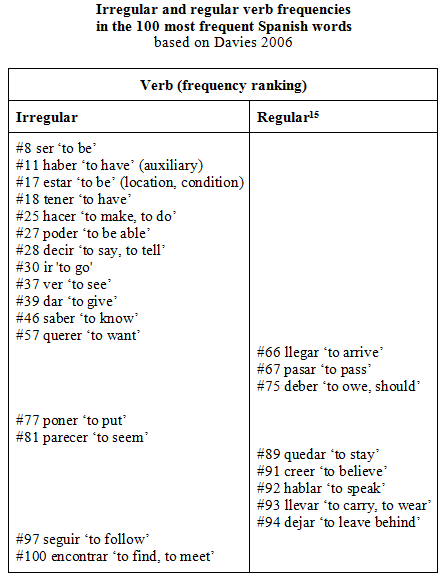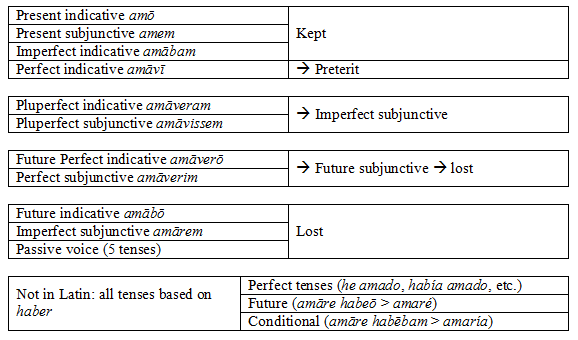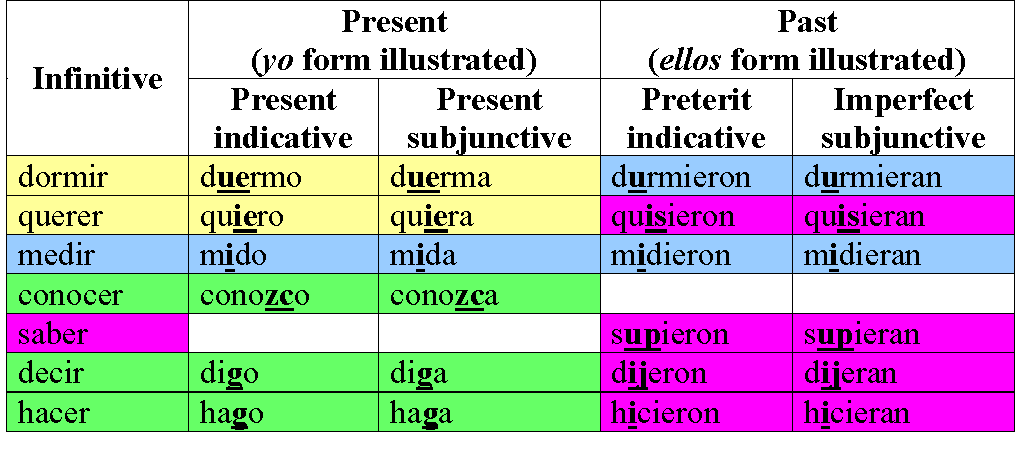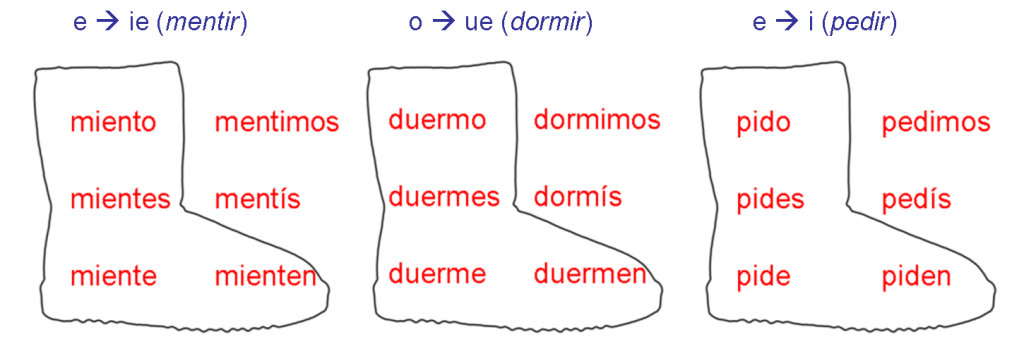My time and thoughts have mostly been in my classroom over the last few weeks, so this post is more teacher-y than usual. But it does, I hope, contain some interesting observations about some core grammatical issues in Spanish.
As I noted in an earlier post, Spanish teachers have to explain many differences that exist in Spanish but not in English. These vary in difficulty for the native English speaker. Simple vocabulary differences such as tocar versus jugar, which both mean “to play” (an instrument versus a sport), are the easiest. Other vocabulary differences are more complicated: for example, how por and para divvy up the various meanings of English “for”, or ser and estar the meanings of “to be”. Harder still are grammatical differences that English lacks either mostly (e.g. subjunctive versus indicative moods) or entirely (e.g. the pretérito and imperfecto aspects of the past tense).
When teaching these more challenging differences, I’m often torn between explaining them in terms of categories or cases. The former approach seeks overarching principles that distinguish the Spanish forms. The latter metaphorically throws up its hands and instead details the specific sub-uses of each form. As a linguist I much prefer the former since categorical differences often relate to core semantic concepts. In practice I always provide both frameworks and emphasize one or the other, depending on the topic at hand.
I ran head-first into this issue the first time I taught the Spanish past tense. The usual sequence in an American classroom is to teach the pretérito first, then the imperfecto, then how to use them in conjunction. For the final stage I followed the practice of a more experienced colleague and taught the students the SIMBA CHEATED mnemonic. SIMBA stands for some basic uses of the pretérito: Single actions, Interruptions, Main events, Beginnings and endings, and Arrivals or departures. CHEATED does the same for the imperfecto: describing someone or something’s Characteristics, Health, Emotion, or Age, telling Time, describing Endless activities, and giving a Date.
The net result: my students didn’t see the forest for the trees. In other words, they learned the specific cases covered by SIMBA CHEATED but failed to generalize to the overall difference between the two aspects: that the pretérito relates events, i.e. “what happened”, while the imperfecto describes the past, providing backgrounds and details.
This failure was a loss at an intellectual level, for this aspectual distinction is a perfect example of how different languages encode the world in different ways. At a practical level, the mnemonic slowed students down, since they tended to run through the entire mental checklist before using a past tense. It also proved useless when we moved on to subtler distinctions in the past tense. For example, while conocer retains its core meaning of “to know someone” in the imperfecto, in the pretérito it means “to meet” someone. This makes perfect sense — if one focuses on the overarching use of the pretérito to relate events.
I therefore now try to emphasize the broad categories of “event” and “description” as much as possible when teaching the past tense. While I do provide a reference sheet (see my teaching page) that shows some specific applications of these categories, I stay away from mnemonics and always aim to extract the basic principles from the examples that come up in class.
My approach to the indicative/subjunctive distinction still focuses mostly on categories, but veers slightly in the direction of cases (again see my teaching page). I focus on the overarching use of the indicative for reality and the subjunctive for uncertainty since this covers most uses of the two moods. However, in this case I do teach an acronym: the famous WEIRDO (Wish/Want, Emotions, Impersonal expressions, Require/Recommend, Doubt/Deny, and Ojalá). This is partly because some of the uses it covers trump the reality/uncertainty difference (e.g. emotional contexts like Me alegro de que Pablo esté aquí, where Pablo actually is here), but mostly as a handy way to remind students to practice a variety of subjunctive contexts in their written work.
My approach to por and para (teaching page again), in contrast, focuses almost entirely on cases. These two words correspond to so many different meanings of English “for” that I find it most helpful to emphasize individual uses, such as para for destinations and por for duration. However, since at a very high level para often implies directionality and por, apportionment, I also suggest the graphical metaphors of an arrow for para (X > Y) and a ratio line for por (X/Y). While I don’t expect the average student to find these useful in practice, he or she should at least be aware that the division of “for” into por and para isn’t random. There’s a method to the Spanish madness!













